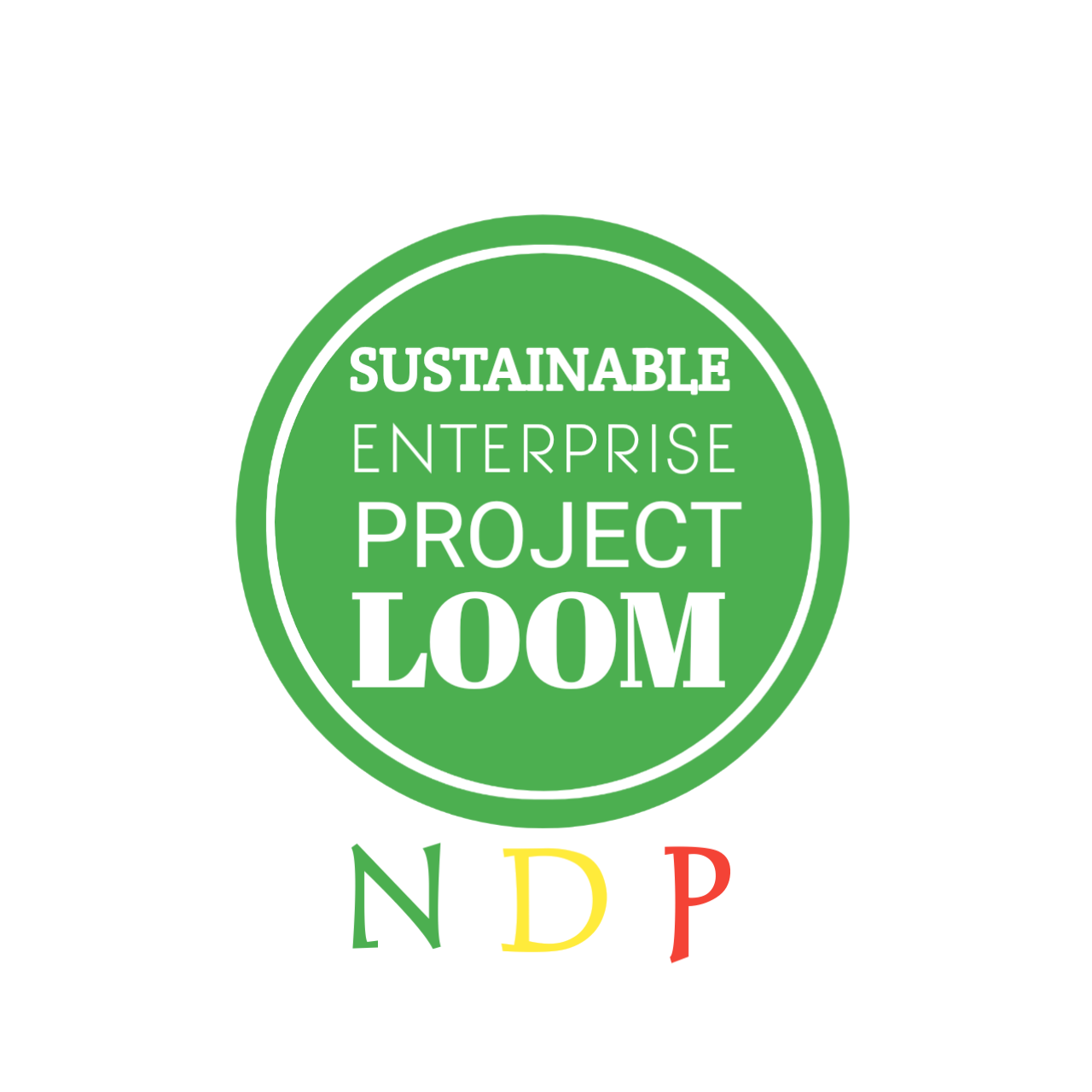ME’s Working Environment
Home![]() ME’s Working Environment
ME’s Working Environment
Workers including neighbors’ communities may face serious health problems due to the high sound and vibration of the machinery. Long-term exposure to the repetitive sound generated from power loom machines causes health problems such as hearing loss, hypertension, etc. the workers. If the electric wire is connected loosely into the motor and any type of faulty electrical circuit can cause accidents. Improper ventilation and lighting can cause nuisance and breathing problems. Fire outbreaks may be caused by unsafe electrical connections and generated micro dust. Micro dust generated from power loom activities creates health problems such as asthma, bronchitis, breathing problems for the workers.
The use of diesel generators for power supply during a grid power failure, often generating black smoke, causes air pollution in the area. Solid waste is generated, not properly dumped, and managed by the producers. Dyeing hazardous chemicals and acids without personal protective equipment (PPE) can cause skin problems and illness. Firewood use as fuel in a dying process that creates pollution and causes pressure on natural resources. Generated liquid wastewater from dyeing process containing hazardous heavy metals, disposed improperly on surrounding land and surface water or even mix with groundwater, aquifers. Thus causing health hazards to nearby inhabitants and local communities. Bad odors and nuisance are created from the discharges of untreated wastewater to the nearby stream or environment.
Environmental Condition of the
ME’s
![]()
The survey study found that the cluster suffers numerous environmental problems. Although the 44.23% surveyed MEs had a clear awareness regarding environmental pollution particularly soil and water pollution due to yarn dyeing for manufacturing Swari, Gamcha and Lungi. From the consultation with the local entrepreneurs, physical observation while visiting clusters it has been identified that soil and water condition deteriorated due to improper management of dyeing wastewater. As an indigenous practice, MEs generally store wastewater into nearby ditches and confined pits to control the spreading of water contamination. Besides, bad odor generates from stored wastewater. Surveyed MEs replied that shallow tube-wells in the cluster often discharge colored water having pungent odor (chemical) which mainly caused due to seepage and leaching of water over the period. It can be inferred, to protect the locality/cluster from long-term environmental impact, low-cost wastewater treatment facility should be introduced as soon as possible.
Climate Change Issues
![]()
The climate change reality has significant impacts on the MEs financial and economic profitability with an increase in the frequency and changes in the pattern of flood and rainfall. Due to climate change, the targeted MEs are facing the following challenges:
![]() Reduce production due to prolonged rain
Reduce production due to prolonged rain
![]() Less communication with buyers
Less communication with buyers
![]() Extreme heat cause difficult production
Extreme heat cause difficult production
![]() Sometimes factories go underwater during the rainy season
Sometimes factories go underwater during the rainy season
